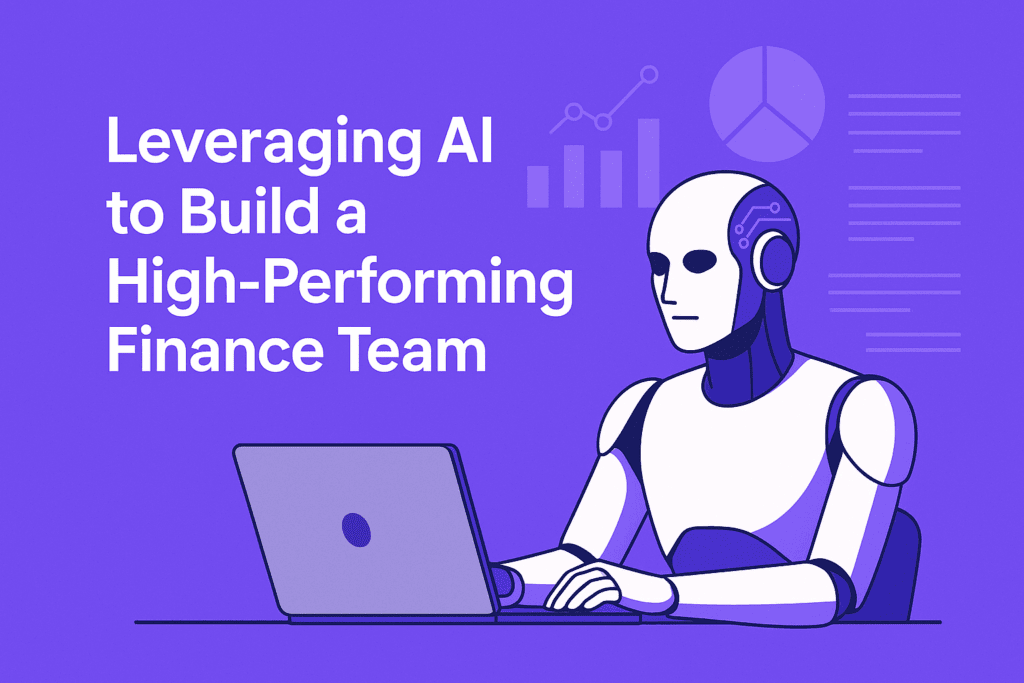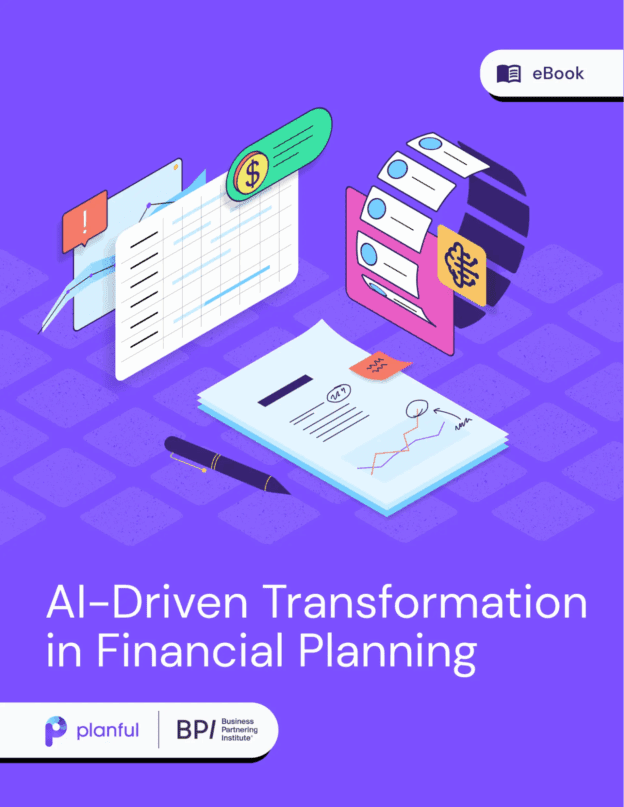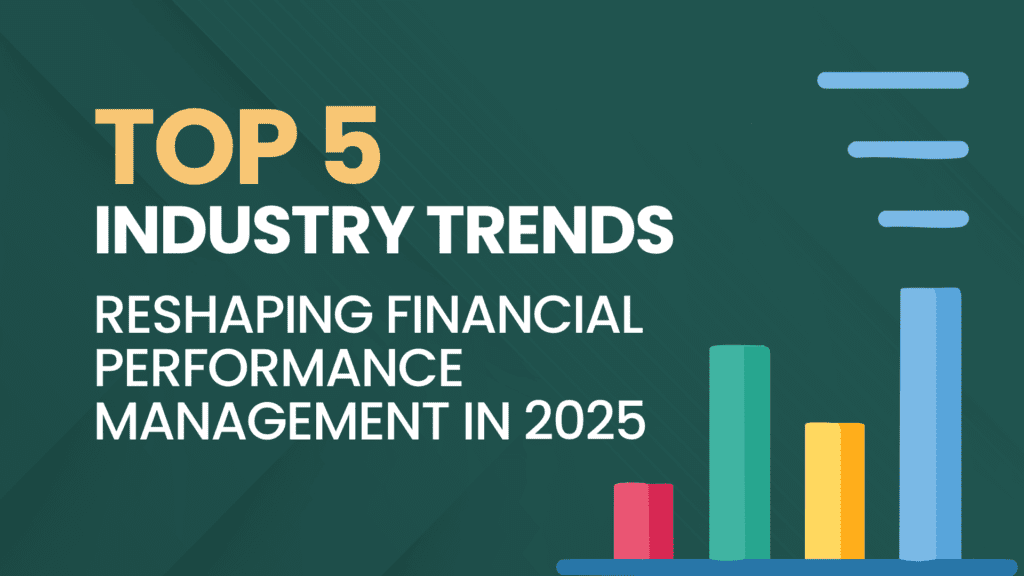Leveraging AI To Build A High Performing Finance Team

Table of Contents
The finance function is evolving rapidly. What was once a world of spreadsheets, manual reconciliations, and late nights closing the books is increasingly becoming one of automation, predictive insights, and strategic value creation. At the center of this transformation? Artificial intelligence.
For CFOs and finance leaders, AI presents a unique opportunity: to enhance efficiency, improve accuracy, and empower their teams to focus on high-value work. But with the growing buzz around AI, it’s critical to understand what it can realistically deliver—and how to implement it effectively.
This post offers a practical guide to leveraging AI technologies to build a more agile, intelligent, and high-performing finance function.
Understanding AI in the Finance Context
AI in finance isn’t just about futuristic algorithms. It’s a practical suite of tools that includes:
- Generative AI: Tools that can create written content, summaries, and analyses based on data prompts, helping speed up reporting and documentation tasks.
- Machine Learning (ML): Algorithms that learn from historical data and continuously improve their predictions.
- Robotic Process Automation (RPA): Software that automates rule-based, repetitive tasks like invoice processing or journal entries.
- Advanced Analytics: Data visualization and forecasting platforms that support real-time insights and scenario planning.
Where AI Delivers the Most Value in Finance
Let’s explore key areas where AI can enhance finance operations:
- Accelerating the Financial Close Automation tools can handle data aggregation, journal entries, and reconciliation tasks. This not only shortens the time to close but also improves accuracy and reduces human error.
- Enhancing Forecasting and Scenario Planning ML models can analyze large volumes of internal and external data to produce more accurate and dynamic forecasts. This gives finance leaders the ability to anticipate risks and opportunities earlier.
- Streamlining Reporting Generative AI can assist in drafting narrative reports, creating variance analyses, and summarizing financial results, freeing up analysts for deeper strategic work.
- Strengthening Internal Controls AI can detect anomalies in transactions or spending patterns, helping identify potential fraud or errors in real-time.
- Improving Team Productivity By automating low-value tasks, finance teams can shift focus to analysis, strategic advising, and decision support.
- Supporting Planning and Budgeting AI-driven planning tools such as Planful can integrate historical data, market trends, and business inputs to produce adaptive, scenario-based budgets. Machine learning algorithms continuously refine projections, enabling teams to respond faster to changes. This reduces the reliance on static spreadsheets and enhances collaboration across departments.
Implementation Considerations
Implementing AI isn’t tricky. But GrowCFO members tell us that most finance leaders struggle to know where to start. Using ChatGPT for isolated tasks is one thing, but moving on to automated processes using AI agents is a whole different level.
Introducing AI into the finance function requires careful planning. Key factors to consider include:
- Data Quality: AI is only as effective as the data it works with. Invest in data governance and integration before scaling AI tools.
- Skill Development: Teams may need upskilling to effectively use and interpret AI outputs. Consider training programs and new roles, such as finance data analysts.
- Change Management: Clear communication and involvement from the finance team are essential. Emphasize that AI is a tool to enhance their work, not replace them.
- Technology Integration: AI tools should integrate smoothly with your ERP, planning, and BI systems to deliver consistent value.
Steps to Get Started
- Identify High-Impact Use Cases Begin with a focused pilot, such as automating invoice processing or improving cash flow forecasting.
- Secure Stakeholder Buy-In Collaborate with IT, operations, and business leaders to ensure alignment and support.
- Measure Outcomes and Scale Track KPIs like time saved, accuracy improvements, and employee satisfaction. Use this data to build the case for broader adoption.
- Foster a Culture of Innovation Encourage continuous learning and experimentationwithin the finance team. Celebrate successes and share lessons learned.
- Give your team the right tools. For example, equip your FP&A team with the right technology and processes to drive strategic decision-making and agility. FP&A software solutions like Planful offer advanced capabilities that can revolutionize financial planning, analysis, and reporting.
The Long-Term Value of AI in Finance
When implemented thoughtfully, AI can transform the finance function into a proactive, strategic advisor to the business. Key benefits include:
- Reduced manual effort and operational cost
- Faster, more reliable decision-making
- Increased agility in planning and forecasting
- Improved employee satisfaction and engagement
Rather than replacing finance professionals, AI augments their capabilities, enabling them to focus on the insights and leadership that matter most. By adopting these technologies, CFOs can build finance teams that are not just more efficient, but more valuable to the business.






Responses